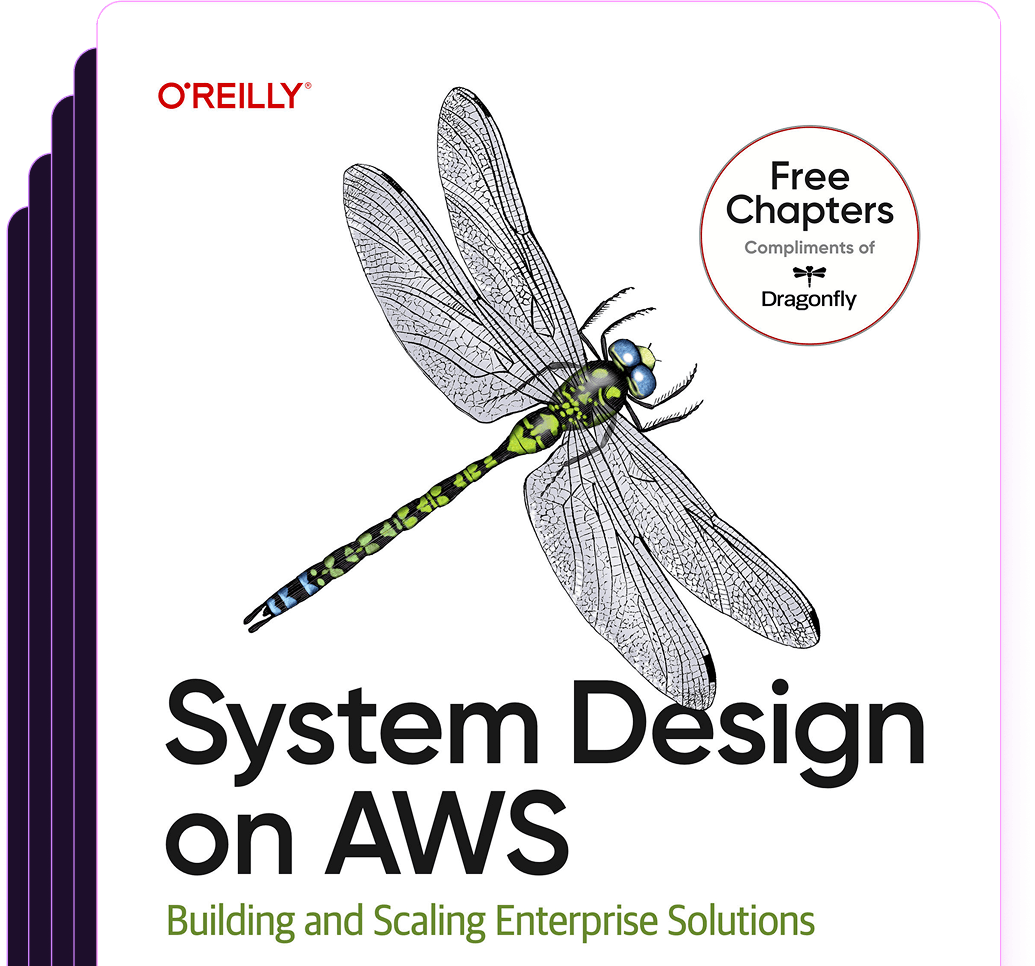Question: How can you perform MongoDB performance testing with JMeter?
Answer
MongoDB is a NoSQL database that's known for its flexibility and performance. However, like any database, it's essential to conduct performance testing to ensure it meets your application's requirements. Apache JMeter, a popular open-source load testing tool designed for analyzing and measuring the performance of various services, can be effectively used for this purpose. Here's how you can set up and conduct MongoDB performance testing using JMeter:
1. Install Apache JMeter
Firstly, ensure you have Apache JMeter installed on your system. If not, download and install it from the official website. Make sure Java is installed as well since JMeter requires it to run.
2. Install MongoDB Driver
JMeter interacts with MongoDB through the MongoDB Java driver. Download the MongoDB Java driver from the official MongoDB website or Maven repository and place the .jar file in the lib directory of your JMeter installation.
3. Set Up JMeter For MongoDB Testing
- Launch JMeter and create a new test plan.
- Right-click on the Test Plan and add a Thread Group by navigating to
Add -> Threads (Users) -> Thread Group. Configure the number of threads (users), ramp-up period, and the number of iterations according to your testing requirements. - To interact with MongoDB, you will use a JSR223 Sampler. Right-click on the Thread Group, navigate to
Add -> Sampler -> JSR223 Sampler. - In the JSR223 Sampler settings, select
groovyas the scripting language for better performance.
4. Write Groovy Script to Perform Operations on MongoDB
In the "Script" area of the JSR223 Sampler, you’ll write your Groovy script to execute MongoDB operations. Here’s an example script that connects to a MongoDB instance and performs a simple find operation on a collection:
import com.mongodb.MongoClient
import com.mongodb.MongoClientURI
import com.mongodb.client.MongoDatabase
import com.mongodb.client.MongoCollection
import org.bson.Document
// Connection URI
String uri = 'mongodb://YOUR_MONGODB_HOST:PORT'
// Connect to MongoDB
MongoClientURI connectionString = new MongoClientURI(uri)
MongoClient mongoClient = new MongoClient(connectionString)
// Select Database and Collection
MongoDatabase database = mongoClient.getDatabase('YOUR_DATABASE_NAME')
MongoCollection<Document> collection = database.getCollection('YOUR_COLLECTION_NAME')
// Perform a Find Operation
Document firstDoc = collection.find().first()
println(firstDoc.toJson())
// Close connection
mongoClient.close()Replace YOUR_MONGODB_HOST, PORT, YOUR_DATABASE_NAME, and YOUR_COLLECTION_NAME with your actual MongoDB connection details and target collection.
5. Running The Test
Once everything is set up, you can run the test by clicking the play button in JMeter. As the test runs, JMeter will execute the specified Groovy script, which in turn performs operations on your MongoDB database. You can monitor the performance through listeners such as the View Results Tree and Summary Report.
6. Analyze Results
After the test has completed, analyze the results provided by JMeter to understand the performance of your MongoDB instance under different conditions. You can adjust your thread numbers and test duration for more extensive testing scenarios.
Using JMeter for MongoDB performance testing allows you to simulate real-world usage patterns and identify potential bottlenecks in your database setup. This method provides a flexible and powerful way to ensure your MongoDB deployment is optimized for your application's needs.
Was this content helpful?
Help us improve by giving us your feedback.
Other Common MongoDB Performance Questions (and Answers)
- How to improve MongoDB query performance?
- How to check MongoDB replication status?
- How do you connect to a MongoDB cluster?
- How do you clear the cache in MongoDB?
- How many connections can MongoDB handle?
- How does MongoDB sharding work?
- How to check MongoDB cluster status?
- How to change a MongoDB cluster password?
- How to create a MongoDB cluster?
- How to restart a MongoDB cluster?
- How do I reset my MongoDB cluster password?
- How does the $in operator affect performance in MongoDB?
Free System Design on AWS E-Book
Download this early release of O'Reilly's latest cloud infrastructure e-book: System Design on AWS.

Switch & save up to 80%
Dragonfly is fully compatible with the Redis ecosystem and requires no code changes to implement. Instantly experience up to a 25X boost in performance and 80% reduction in cost